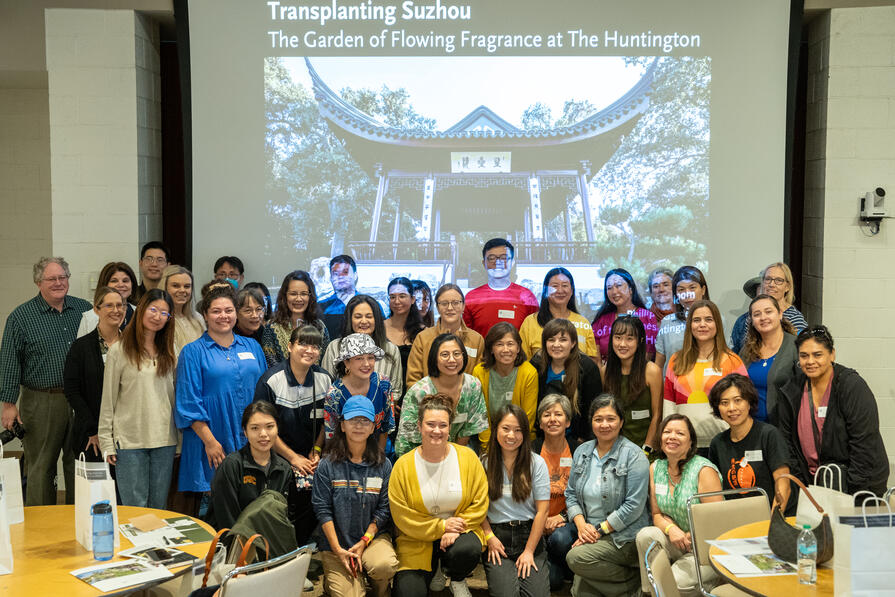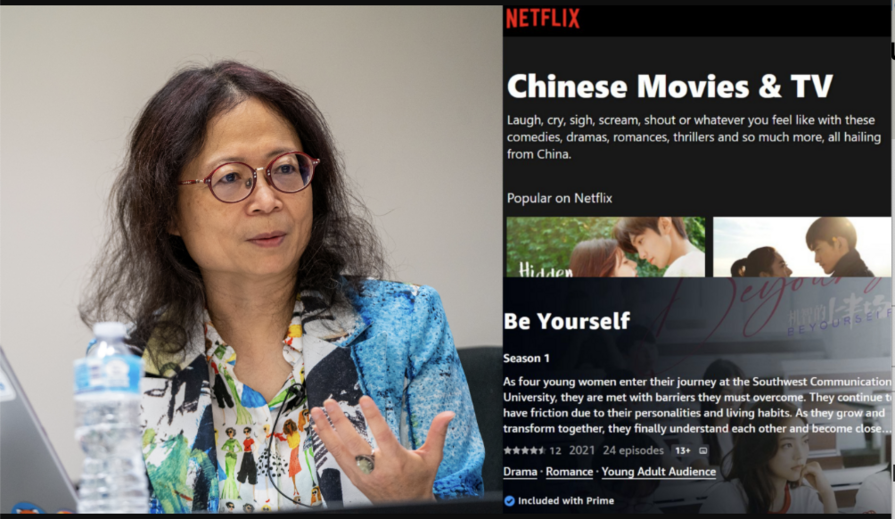Ru-Shou Robert Chen, Ph.D.
Abstract (Summary)
The title of the dissertation indicates three unique characteristics in Taiwan's cultural identity: dispersion, ambivalence and hybridity. This study of film experience in Taiwan in the 1980s begins with a history of Taiwan and a history of its cinema. It employs Roy Armes' study of Third World cinema for conceptualizing the development of Taiwanese cinema. Yet the complexity and richness of the history of Taiwan requires some modifications. Homi K. Bhabha's theory on the hybrid and ambivalent nature of the nation is thus introduced. Bhabha helps to appropriately problematize some concepts, such as language, cultural identity, the diasporatic experience, the experience of modernity, images of men and women, and so on. These concepts become main topics for each chapter; two or three films will be examined to illustrate them. Besides close textual analysis and visual description, crucial social, political and historical perspectives are explored. There is a chapter at the end dealing with influence of Hollywood and other cinemas, such as China, Japan and Hong Kong, emphasizing how films are consumed by audiences in Taiwan. This study concludes that Taiwanese cinema is facing a critical choice in the 1990s: it either meets its doom, or survives and starts anew--as another miracle on Taiwan. (Copies available exclusively from Micrographics Department, Doheny Library, USC, Los Angeles, CA 90089-0182.)
Advisor: Casebier, Allan



